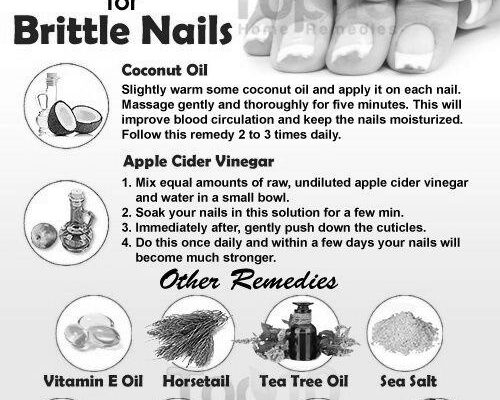How to Take Care of Brittle Nails
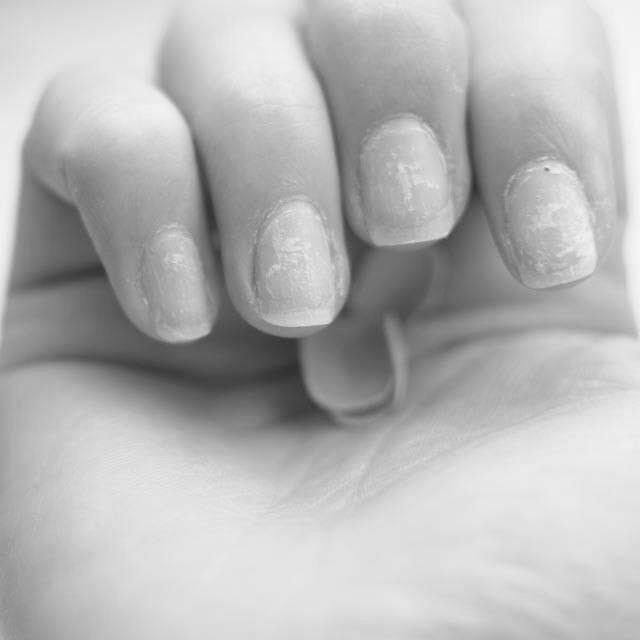
Many different factors can cause brittle nails. They include iron deficiency, Raynaud’s disease, nail polish, and frequent exposure to detergents. Diet can also contribute to brittle nails. A biotin deficiency, a necessary vitamin for healthy nails, can cause brittle nails. Foods rich in biotin include bananas, peanuts, and salmon.
Celery juice
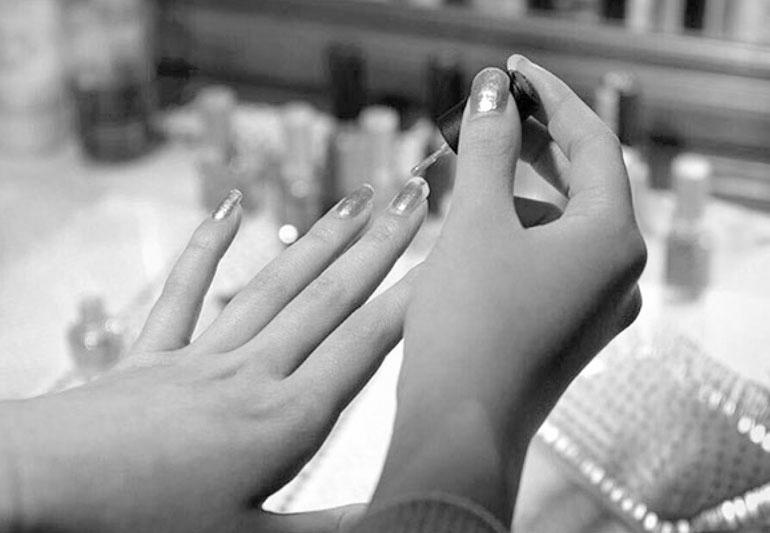
There are several benefits of celery juice. It has an anti-inflammatory effect for starters, helps clear your skin, and gives it a healthy glow. Celery also contains zinc, a mineral that helps to strengthen brittle nails. Additionally, its high water content keeps your skin hydrated. Dry, chapped skin is caused by dehydration. So, if you drink celery juice regularly, you’re doing yourself a favor.
A recent study found that drinking celery juice has antioxidant and anti-inflammatory effects. Celery juice contains high levels of antioxidants and may even help with acne. Its high water and nutrients make it a great alternative to sugary drinks. Drinking celery juice can also help clear acne and reduce fine lines. However, this study still needs more research. However, this is a worthwhile effort if you’re looking for a quick and natural way to care for brittle nails.
Another benefit of celery juice is its high fiber content. It contains vitamin C and is beneficial for preventing skin problems like seborrheic dermatitis and dandruff. Celery is packed with antioxidants and minerals, which keep skin healthy. It also helps to detoxify the body. As a bonus, celery juice can reduce the symptoms of stress and anxiety.
Nailtiques Formula 2
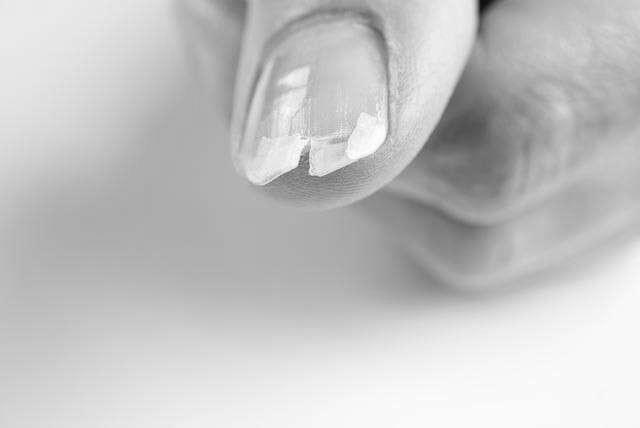
The protein in Nailtiques Formula 2 for brittle or thinning nails bonds the layers together to form a strong foundation. Nailtiques created the protein to help those with unhealthy nails, and its composition includes hydrolyzed keratin, gelatin, calcium, and proteins. This clear nail protein helps maintain strong and flexible nails. Try Formula 2 and still have problems if you’ve tried Formula 2 Plus.
Nailtiques don’t make a formula with no shine. But Nailtiques Oil Therapy can reduce the polish on your nails with a protein-based procedure. Simply apply the formula to bare nails, allow it to absorb, and then wipe away with a piece of tissue. The protein-based formula will provide a matte finish. This nail strengthening and conditioning formula can also help prevent breakage and soften nails.
Another natural nail treatment that can help brittle nails is coconut oil. This oil contains saturated fat, which works as a moisturizer and helps prevent infection. Coconut oil is easy to use and can be prepared at home. Apply coconut oil to your nails twice a day. This will promote healthy circulation and keep your nails moist. A few drops of this natural oil can go a long way to helping brittle nails.
Hand sanitizers
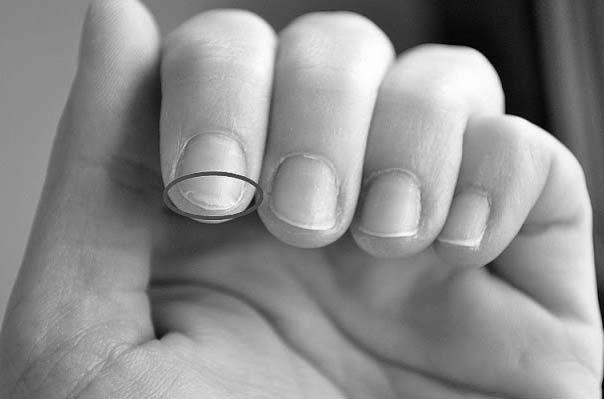
The surge in waterless hand sanitizers has created a problem with brittle nails. One expert discusses tried-and-true treatments to treat brittle nails. Waterless hand sanitizers are a huge culprit, says Dr. Zoe Draelos, a clinical dermatologist in High Point, N.C. Alcohol in hand sanitizers strips your nails of moisture. Because water is the most essential ingredient in staples, the over-application of hand sanitizers can rob them of moisture.
Another cause of brittle nails is constant hand washing. This causes dryness and can lead to cracking and splitting of nails. To prevent dryness, apply moisturizers. Choose products that don’t irritate sensitive skin. It’s helpful to follow hand sanitizers with moisturizing lotion. Travel-sized hand lotions are convenient to carry around if you’re required to wash your hands frequently.
A hand sanitizer is ineffective in cleaning your hands when you have dirty hands. If you’ve been eating or talking to someone, try to wash your hands with soap and water first. Avoid touching your face, nose, or mouth when using a hand sanitizer. Sanitizing your hands can help prevent bacterial infections, but you should avoid touching your face or using your hands in situations where you’re highly contaminated.
Raynaud’s syndrome
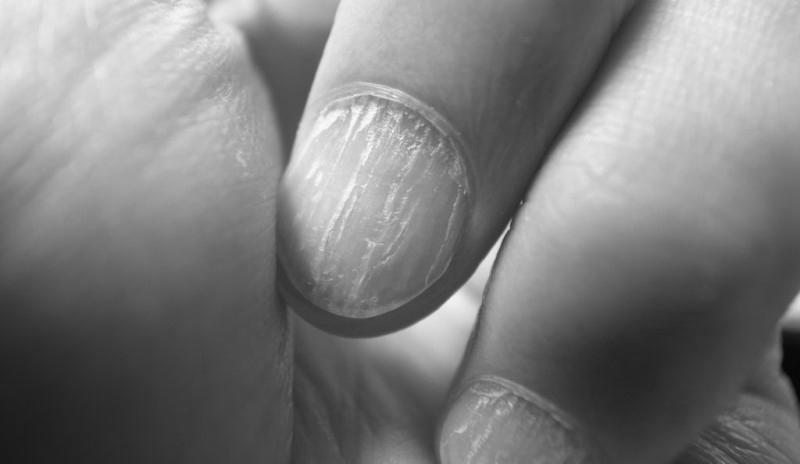
Raynaud’s disease is not a medical condition despite its common name. It is caused by attacks on the blood supply to the extremities. Symptoms include paleness, coldness, tingling, and pain. Typically, Raynaud’s is not a severe illness, but it can signify an underlying disease. Although the primary form of Raynaud’s is not known, it is the most common type.
Screening for Raynaud’s phenomenon involves examining the person’s medical history and performing a physical exam. A doctor will also conduct a cold challenge test and look at the blood vessels in the fingernails. In cases where the syndrome is secondary, blood tests are ordered to rule out underlying diseases. Until the condition has been diagnosed, there is no cure for Raynaud’s syndrome, but treatment can help prevent further complications.
Sometimes, severe cases may lead to skin sores or gangrene, which require antibiotics and surgery. However, the disease may be treated with surgery to remove the affected toe or finger in rare cases.
Lack of moisture
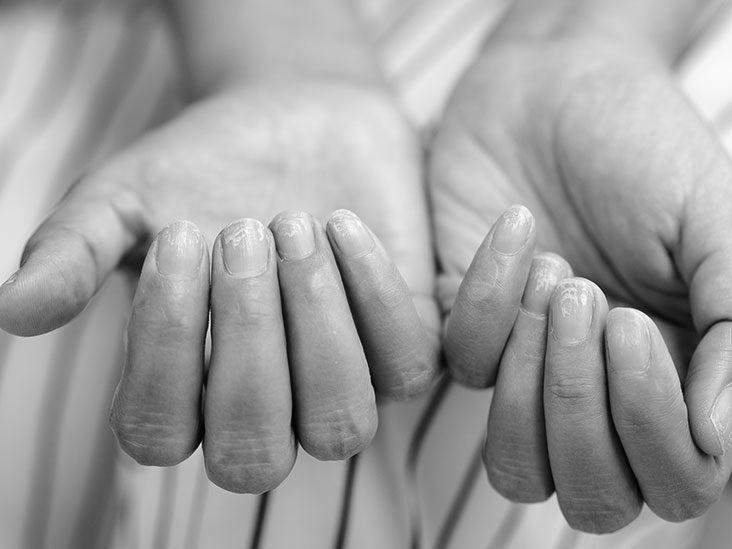
If you notice your nails becoming brittle, there are several brittleness causes. You may suffer from dehydration or an inadequate diet. You may also use your fingernails to open a soda bottle or use nail polish. These are all causes of brittle nails. So, what can you do about them? Read on to learn more about these causes and cures for brittle nails.
You may be unaware of the underlying causes of brittle nails. Brittleness is often caused by inadequate moisture, causing the nail to break easily. It’s best to stay hydrated and regularly apply lotion to your hands and feet. Brittleness can also result from overexposure to harsh chemicals or a dry, cold environment. You should also try to keep your nails short to reduce the area they can absorb water. Regularly filing your nails will also keep them from breaking.
If the cause is a dietary problem, a doctor may recommend iron supplements. Iron deficiency can also cause brittle nails. Fortunately, several home remedies can help improve your condition.
Regular hand-washing
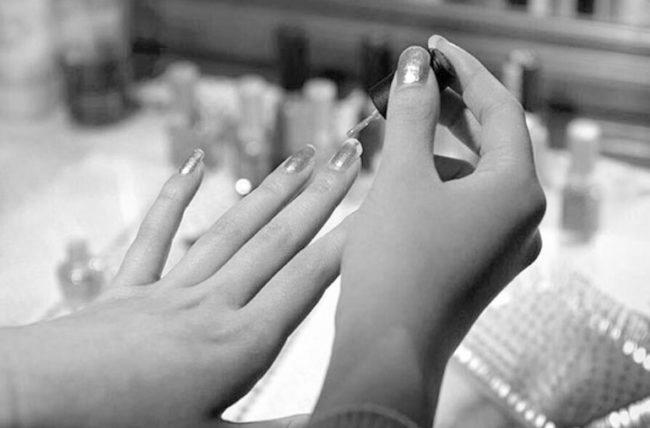
Regular hand-washing will go a long way in taking care of brittle nails.
Regular hand-washing can also help maintain the moisture in your nails, making them prone to cracking and splitting. You can also protect your nails by wearing gloves while doing dishes. Using a hand cream and vitamin-enriched cuticle oil can also help keep your nails looking vibrant and healthy. In addition, if your hands are frequently wet, you should avoid applying hand sanitizers, which contain high levels of alcohol.
Frequent hand-washing is also necessary to protect your health. Regular hand-washing helps keep your hands clean and prevents the spread of infectious diseases. In addition to frequent hand-washing, you should use water-based hand cream or gel to avoid skin irritation. To prevent ingrained soil and scratches, you should wear gloves when washing dishes. For extra protection, wear gloves when washing dishes and other activities that might cause your hands to get wet. Using gloves also helps prevent bacterial buildup and scratches. If you experience irritation or a dry or cracked hand, visit a dermatologist to get it checked out.
Biotin
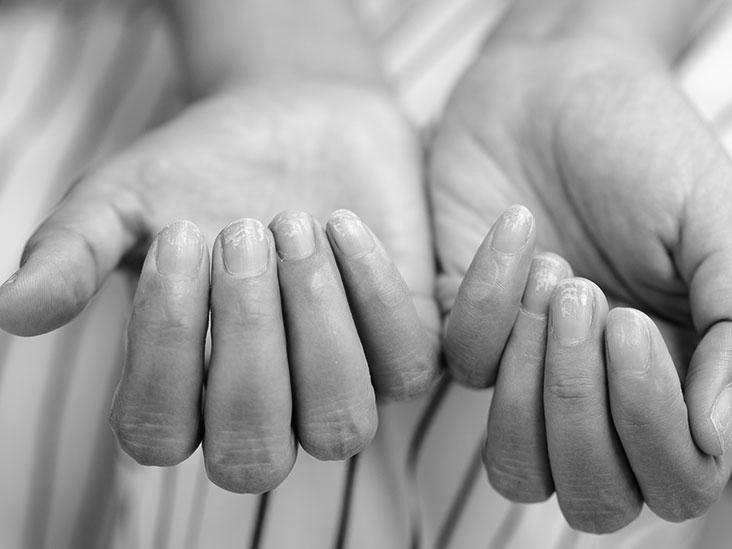
One study of brittle nails found that those who took biotin supplements had stronger and healthier nails after three to six months. Ninety percent of the women surveyed reported firmer and less cracked nails. Other participants reported only slight improvements. Biotin is a nutrient essential to the health of skin and nails. In addition to its role in nail health, it can also help support the body’s insulin production and reduce blood sugar levels.
One of the first things you need is eliminating gluten from your diet for a month. If you cannot do this, you should seek medical advice. Biotin is found in many supplements for brittle nails. These products contain silica and other beneficial ingredients that help strengthen and grow your nails. Taking biotin and a multivitamin or mineral supplement is essential if you suspect brittle nails.
Biotin deficiency can be a sign of a more significant problem. Biotin is often deficient in the body and shows up first in skin and hair issues. If you’re unable to get biotin from foods, you may be suffering from rashes or seborrheic dermatitis, a common symptom. If you’ve experienced unexplained rashes, biotin supplements may help you.
What Causes My Nails to Turn White?
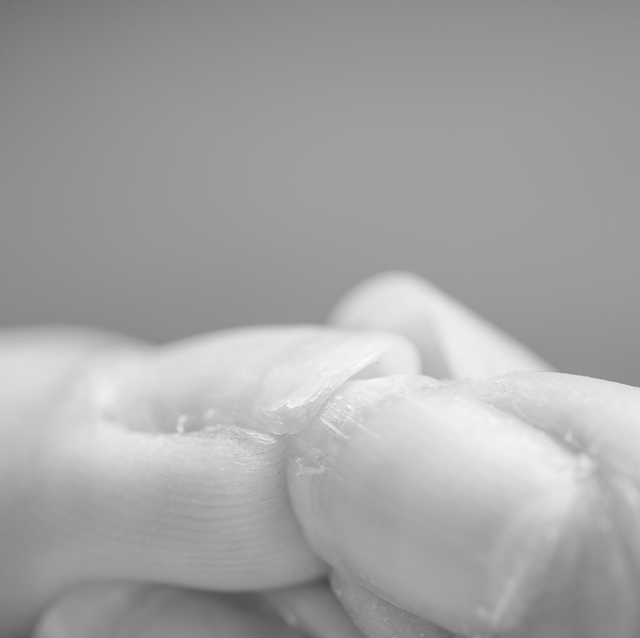
If you notice white spots on your fingernails, you need to determine what causes them. It may be hereditary, or it could be a symptom of an underlying health problem. In some cases, white spots on your nails may signify a more severe condition, such as total leukonychia. Seeing a doctor is the best way to find out the cause of your white spots.
Leukonychia
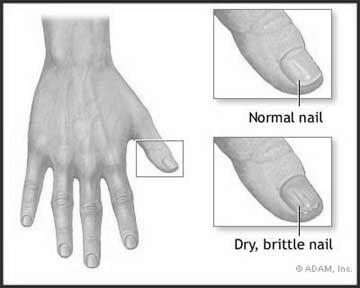
Many causes of leukonychia cause white nails. The most common cause of this condition is chemotherapeutic drugs, but it can also result from a nutritional deficiency or a systemic disease. Fortunately, there are several treatment options for leukonychia.
In the first place, let us define leukonychia. In its simplest form, leukonychia is an opaque white discoloration of the nail plate. It was first described in 1919 by Mees, who suspected an association between arsenic poisoning and nail discoloration. Depending on the location, they can be either transverse or punctate. In some cases, they may be caused by local trauma or external factors.
Symptoms of leukonychia vary, depending on how severe it is. In total leukonychia, the entire nail plate becomes white. This condition is often hereditary but can result from trauma to the nail matrix or certain medicines. True leukonychia is the most common form of leukonychia caused by trauma to the nail matrix. Transverse leukonychia is caused by nutritional deficiency or chemotherapy. Other causes of leukonychia are genetic disorders and certain antibiotics.
White discoloration of the nail plate can signify severe systemic or congenital disorders. While it is not alarming, it can conceal extreme systemic conditions. Because white nails are a symptom of leukonychia, it is critical to identify the underlying cause., there are several different types of leukonychia. A comprehensive algorithm has been developed.
White spots on nails are common among healthy adults. They are not caused by a vitamin or mineral deficiency. White spots on the nail plate are most often caused by injury to the nail matrix, such as pinching or striking the nails. In rare cases, white nails can also result from systemic diseases, such as leukemia or cancer. Fortunately, these are rarely the root cause of white spots.
Iron deficiency anemia
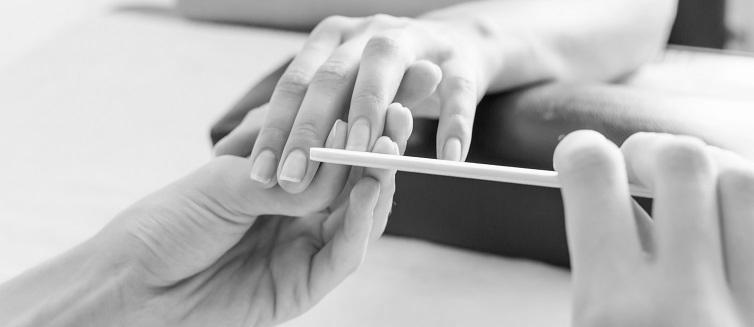
If you notice your fingernails turning white and brittle, you may have an iron deficiency. This condition affects the body’s hemoglobin levels, which can be a sign of other health issues. Fortunately, there are several treatment options for this condition. Here are a few of the most common ones. Using iron supplements can help prevent and treat this condition.
Taking iron supplements is often the first line of treatment for anemia. Ferrous sulfate, ferrous gluconate, or ferrous fumarate are common forms of iron. The typical dose of these supplements is about 65 mg of elemental iron, and you can take these orally or use a topical iron supplement. For more severe cases, iron supplements may be needed.
A blood test can determine if you have anemia. If your nails are white, the cause of the problem isn’t clear. If you don’t have a specific reason, consult your physician. Your doctor can recommend a course of treatment based on the specifics of your case. In addition to supplements, you can also eat foods rich in iron. For example, beans, lean meat, spinach, and raisins are excellent sources of iron.
If you suspect an iron deficiency, you should discuss any symptoms and diet with your health care provider. A blood transfusion may be indicated if you are actively bleeding or have low Hgb and hematocrit levels. This is uncommon, but a blood transfusion is a last resort. If the symptoms persist, your health care provider may perform further tests.
Other signs of iron deficiency include paleness, brittle nails, and a rapid heartbeat. In addition to white nails, you may experience irritability, headaches, and swollen tongue. Your doctor may prescribe iron supplements or intravenous iron. Alternatively, you can ask your doctor for a Complete Blood Count. This will help determine if you have anemia. If you are concerned, make sure to get a blood test if you have symptoms of this condition.
Anemia can also be diagnosed through a complete blood count, which measures red blood cell counts, hemoglobin, and hemoglobin. This test will reveal if you are low in iron or how much of it you have stored in your body. A lower MCV and MCH will indicate that your body has low amounts of Hgb. If this is the case, you should immediately contact your healthcare provider.
Zinc deficiency
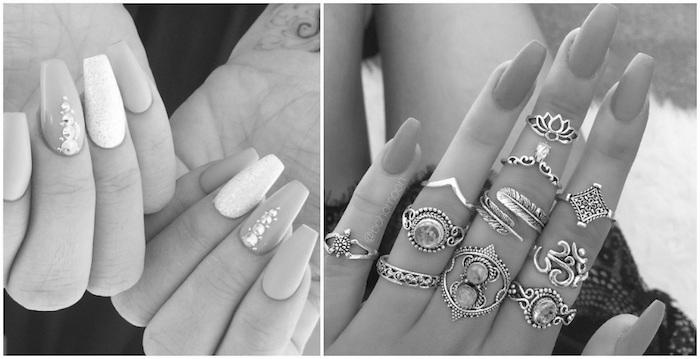
If you notice that your fingernails become white, you may be suffering from a zinc deficiency. Low zinc levels have several effects, including affecting dopamine production in the brain. This can adversely affect learning and behavior, leading to white fingernails. If you notice that your nails are turning white, you should consult your doctor to determine whether you are suffering from a zinc deficiency.
Although white spots on nails are usually the result of an injury to the nail’s base, they can also indicate a zinc deficiency. Zinc is essential for the health of your blood, including your nails, so it’s not surprising that the body needs more zinc than it gets. While nutritional deficiencies can affect any part of your body, white marks usually start in the nails. Therefore, you should consider adding more zinc to your diet.
In addition to contributing to the health of the skin and hair, zinc is essential to maintaining healthy nails. Your nails may become brittle, break, or even fall off when you’re low in this mineral. This can lead to various problems for your nails, including a lack of color or even discoloration. Zinc is also necessary for protein folding and catalyzing enzymes. It’s also essential for gene expression and plays a critical role in human metabolism.
Other nutrient deficiencies may result in yellow or white nails. While zinc and vitamin C deficiencies can be cured by avoiding the overuse of nail products, you might experience an outbreak of white spots on your fingernails. Luckily, this problem will usually clear up on its own. Taking zinc supplements may also help treat a variety of other skin conditions. If you notice any of these symptoms in your nails, it’s time to consult your doctor.
Stress
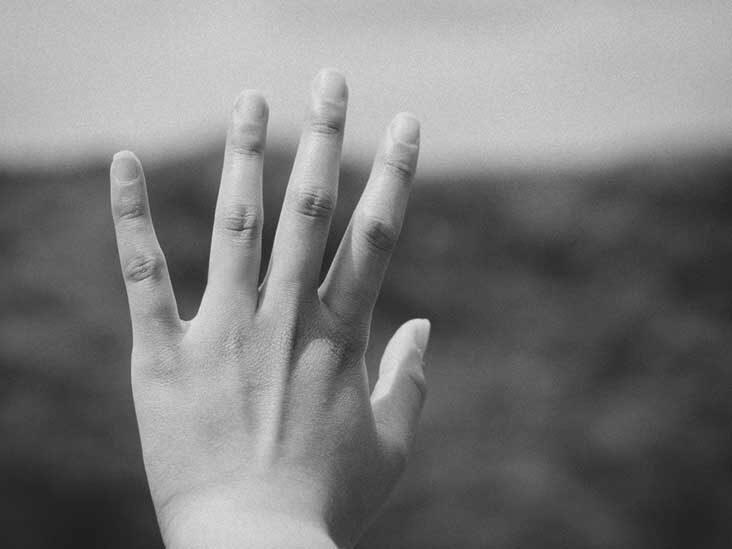
Many people wonder why stress causes my nails to turn white. While this problem is psychological, it is also physical. It is also linked to the condition called Raynaud’s phenomenon. However, it is not always easy to determine whether a person has this condition. One way to determine whether or not a person has this condition is by looking at how far their nails are from the nail matrix. A person suffering from this condition may also have a zinc deficiency.
As mentioned, the fingernails can reflect the overall health of the person. If your nails are turning white, it can indicate various health conditions, including skin and systemic issues. According to dermatologist Christine Poblete-Lopez, stress can also cause side-to-side lines to form on your fingernails. This is common and is a sign of stress. In addition, a person may experience brittle and peeling nails.
Some people experience half-and-half white nails. This condition is often hereditary. However, it can also signify a health condition, such as cirrhosis, congestive heart failure, or diabetes mellitus. If you have this condition, you must seek medical attention immediately. If you suspect that your nails are turning white because of stress, it’s time to make an appointment with a dermatologist.
Beau’s lines are also a symptom of systemic disease. However, the cause is difficult to pinpoint. This condition can result in a white nail and can also be caused by a high fever or a blood transfusion. In some cases, nail trauma from stress is the culprit. This condition also results in bumpy and rippled nails. If you have multiple episodes of anxiety, your nails may develop ripples.
